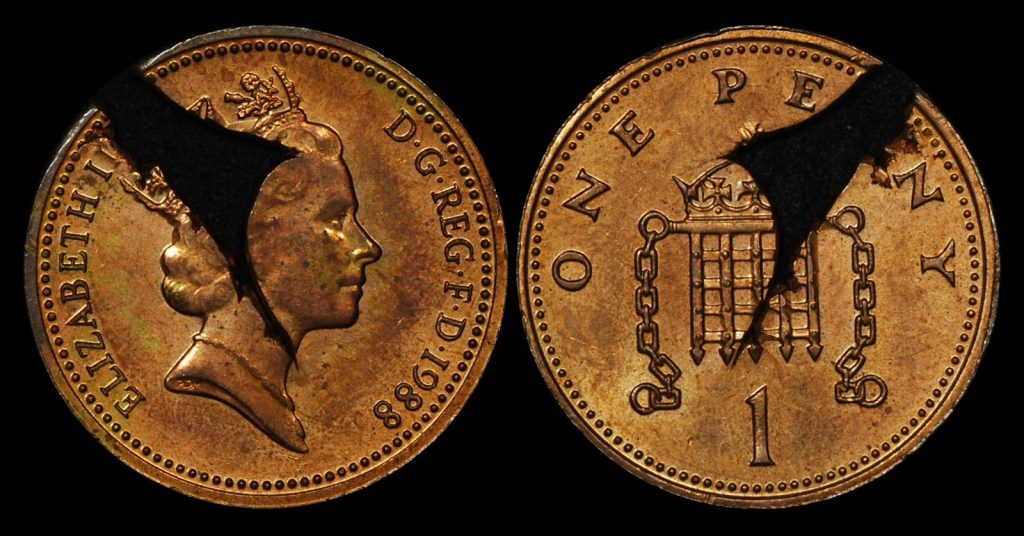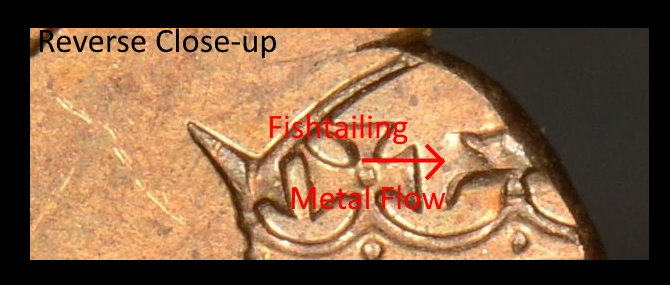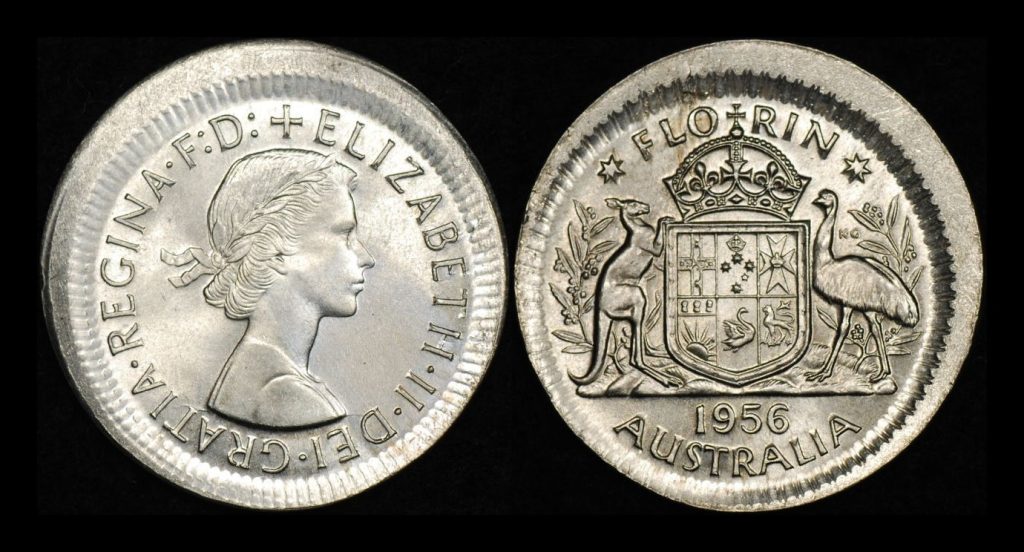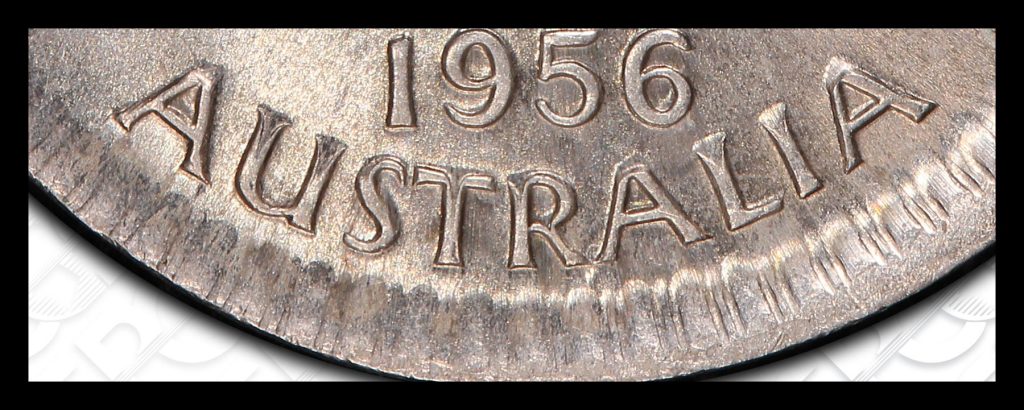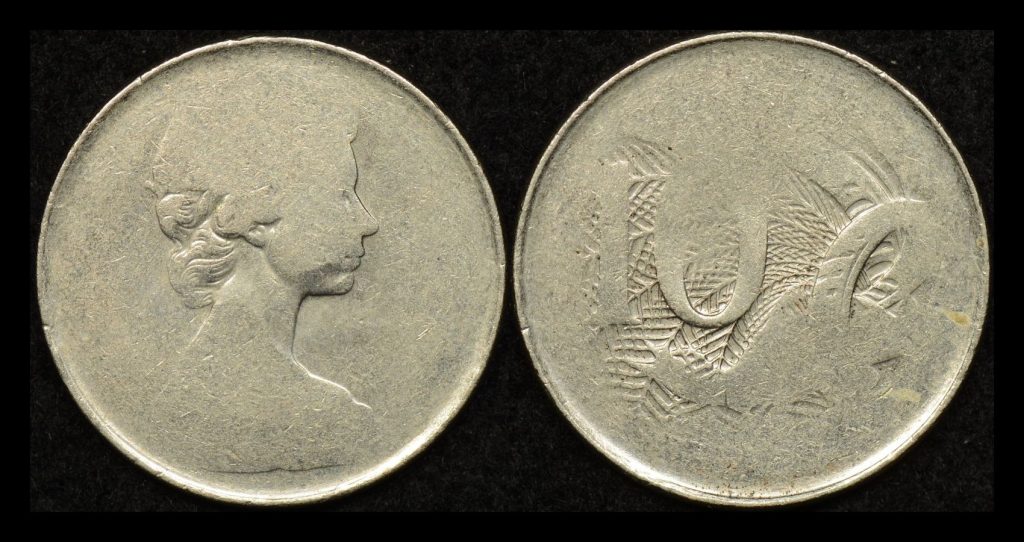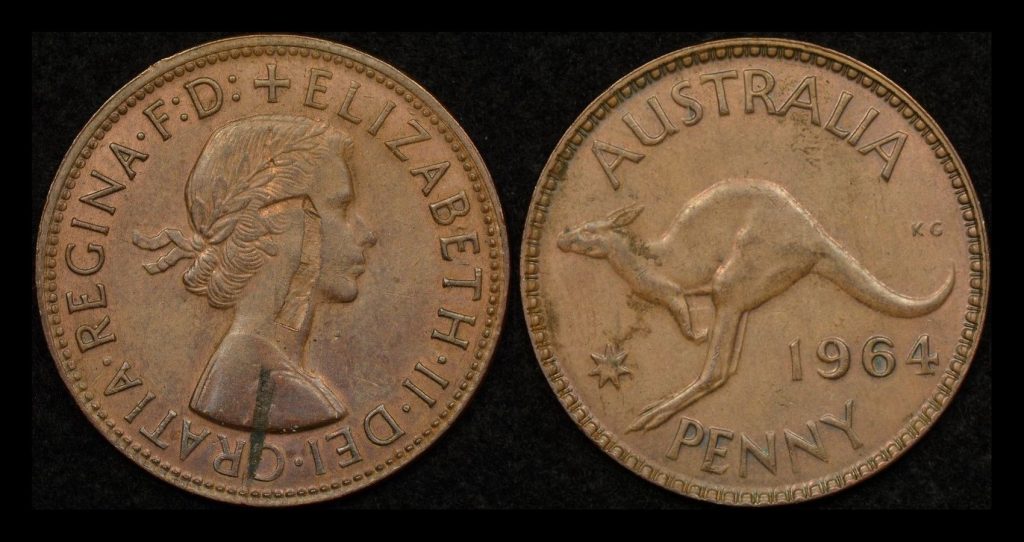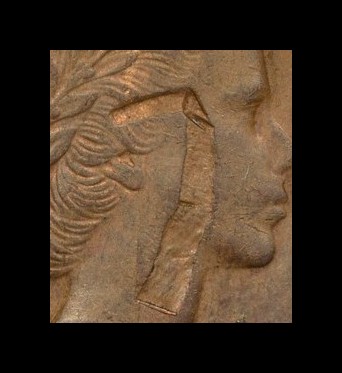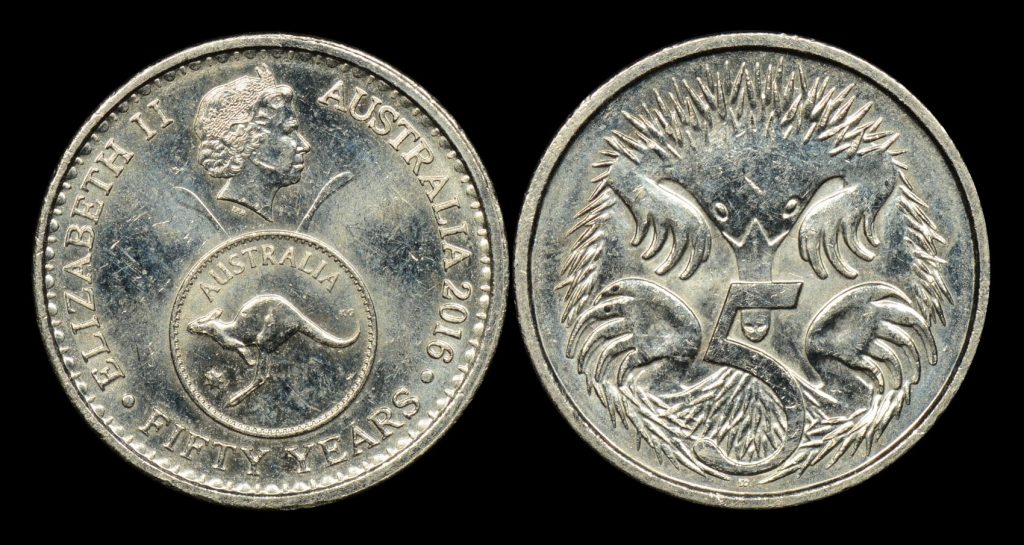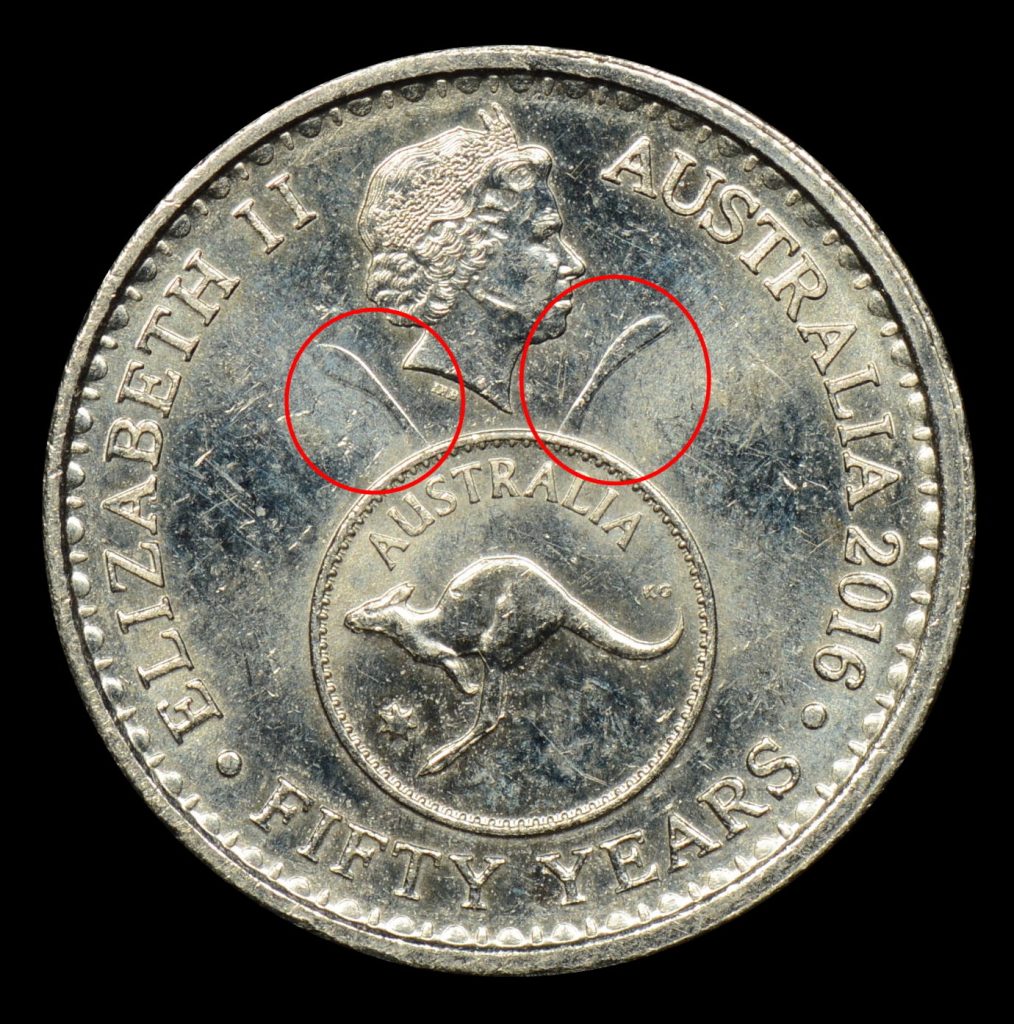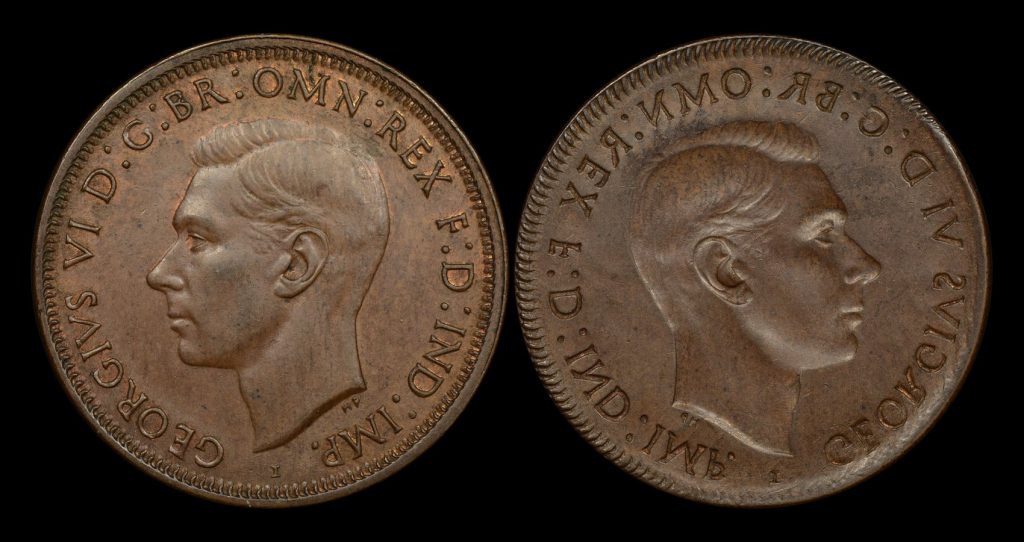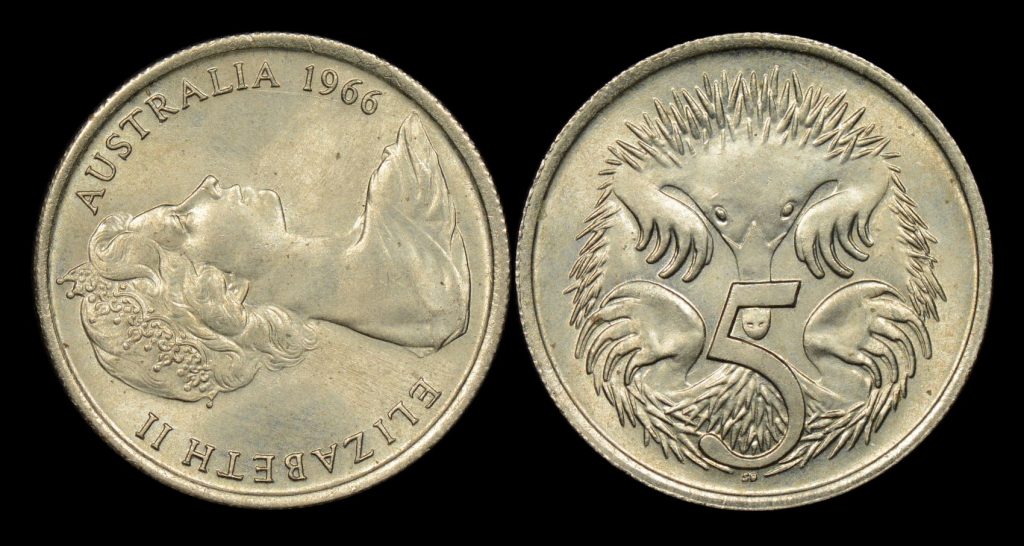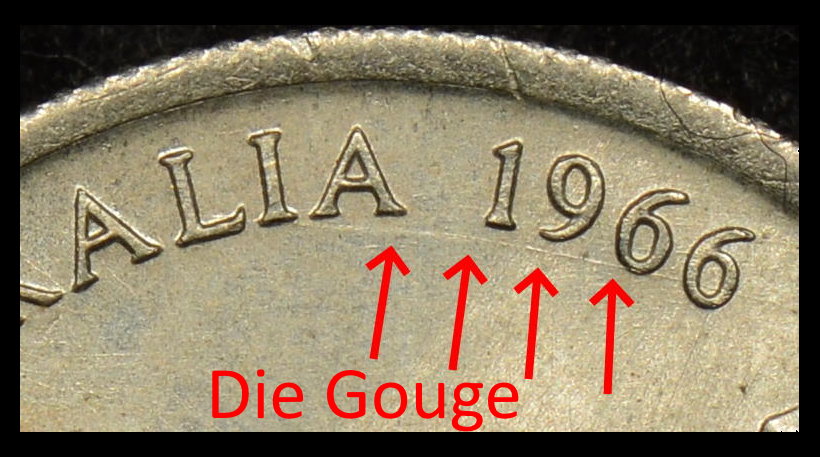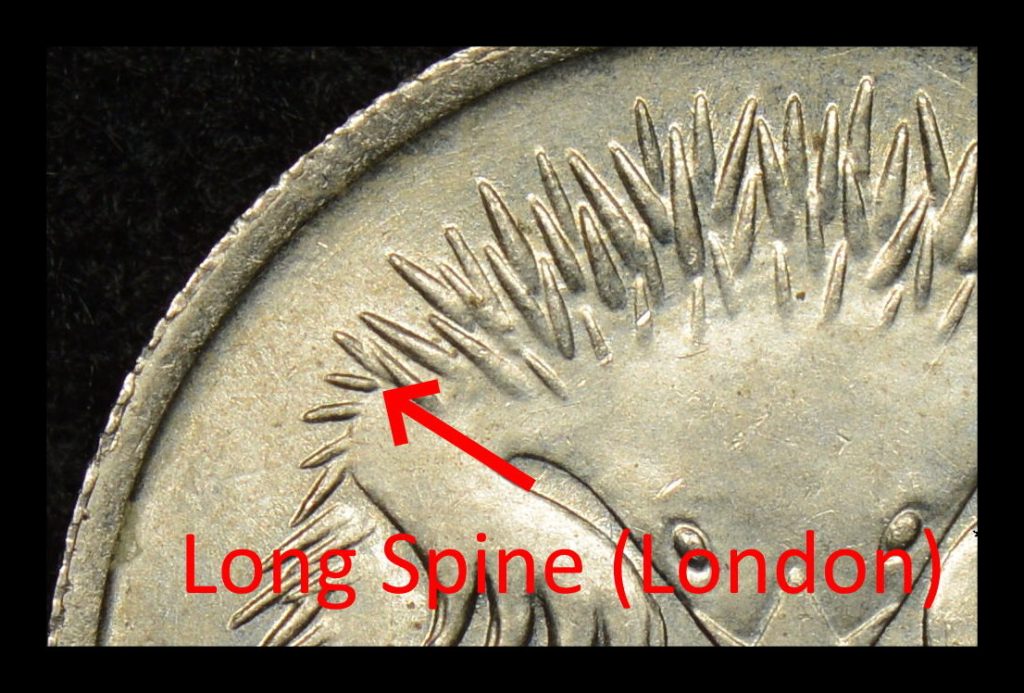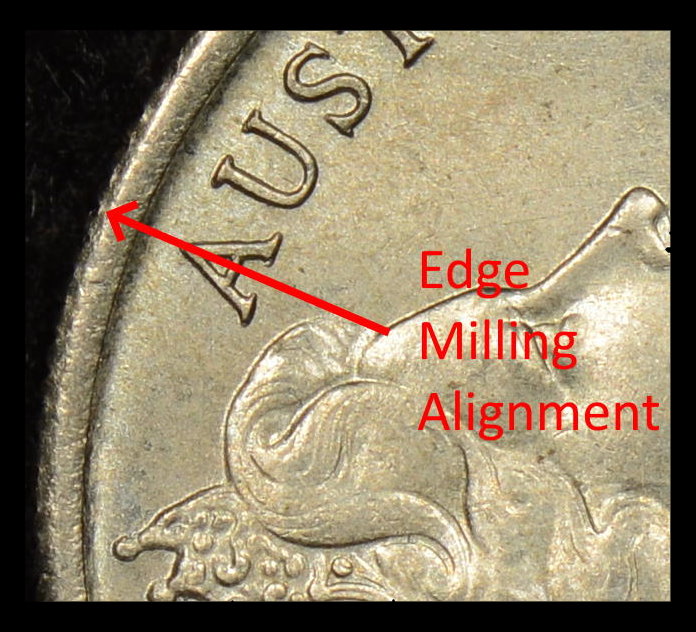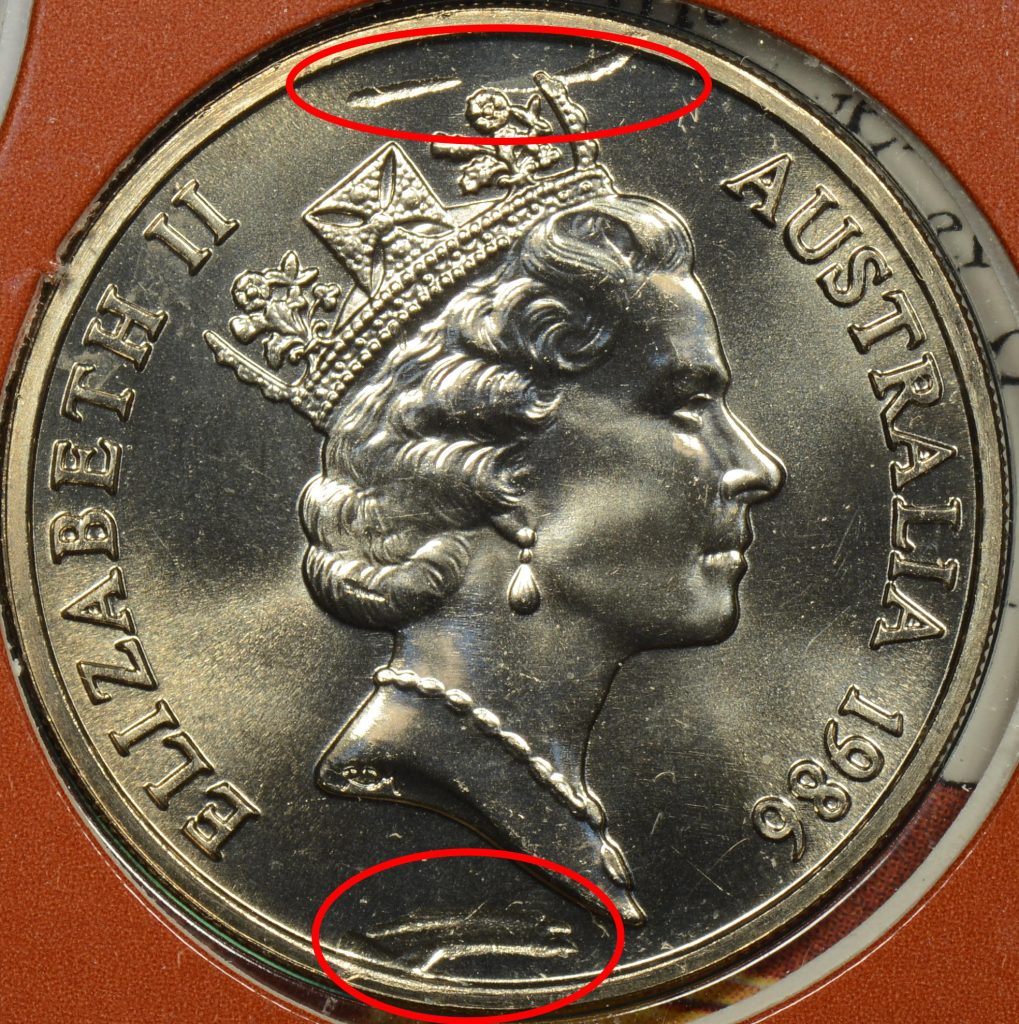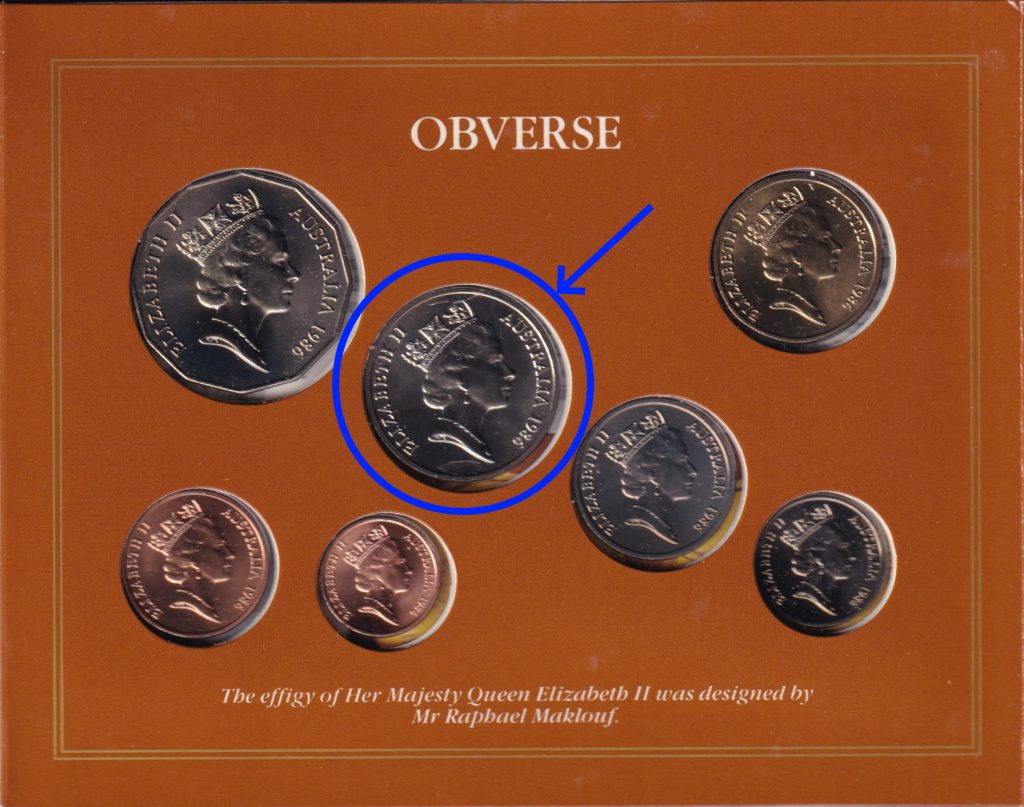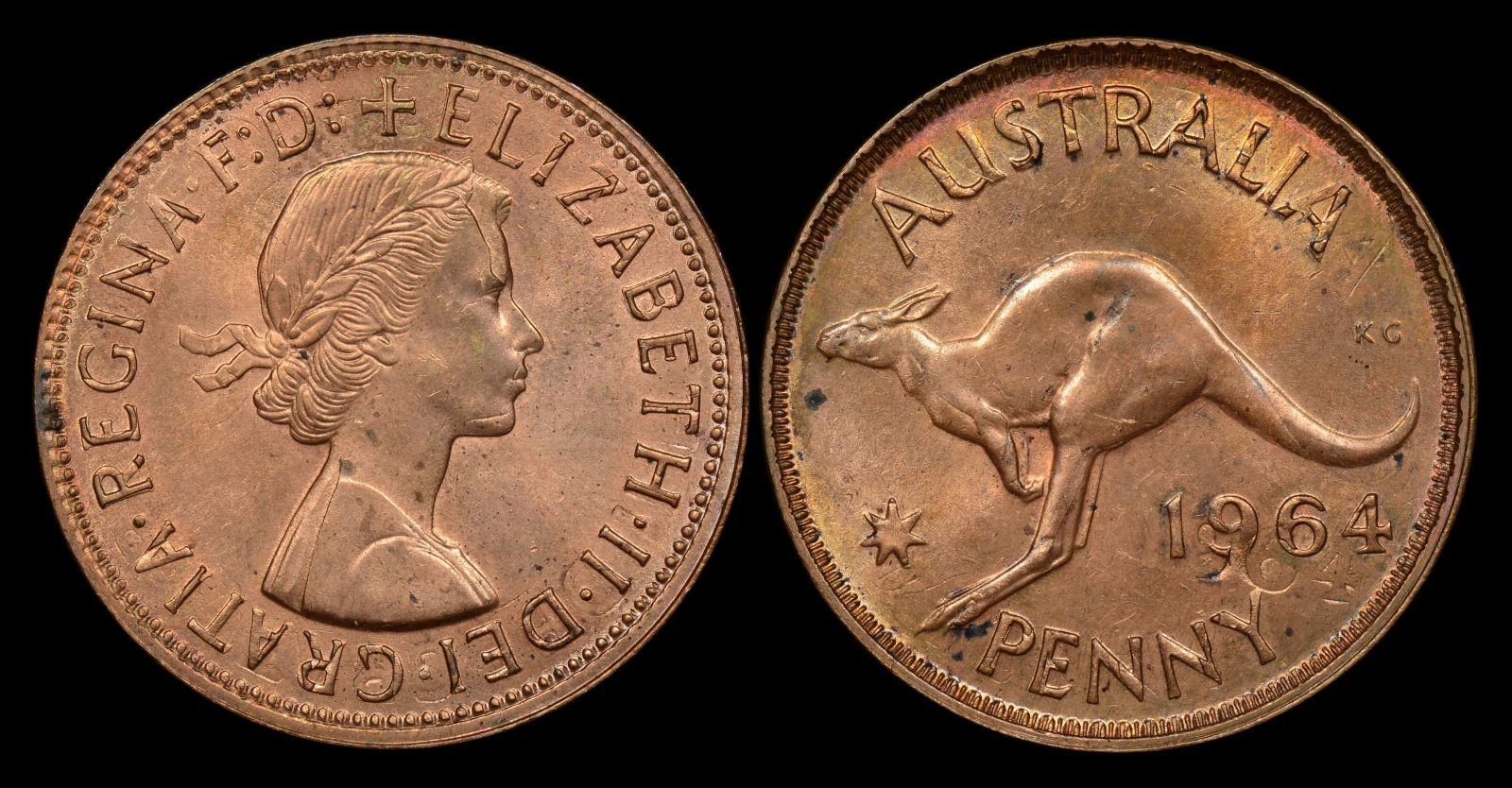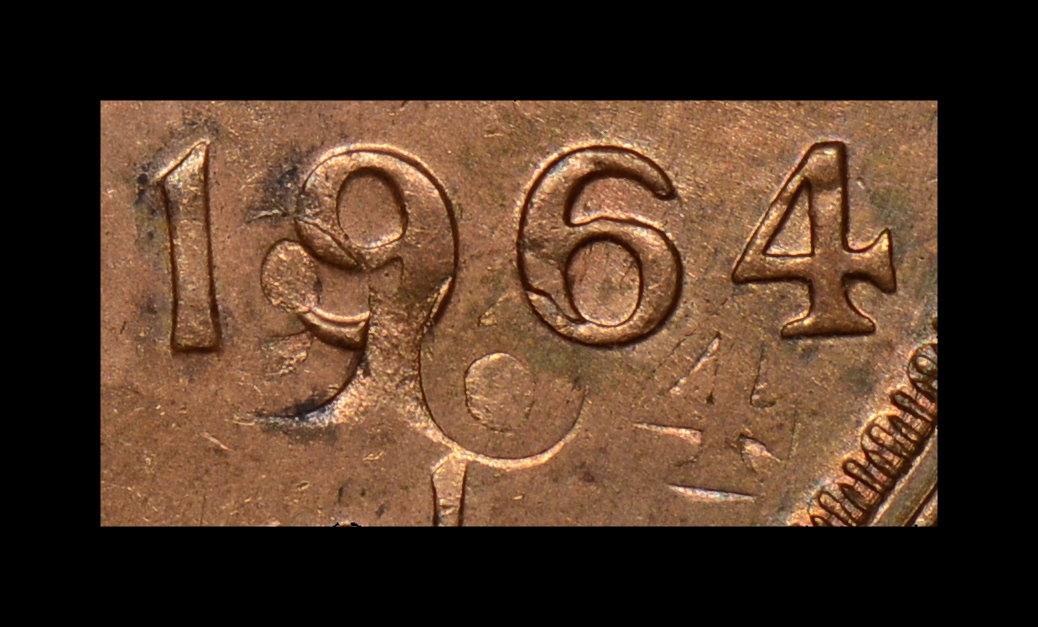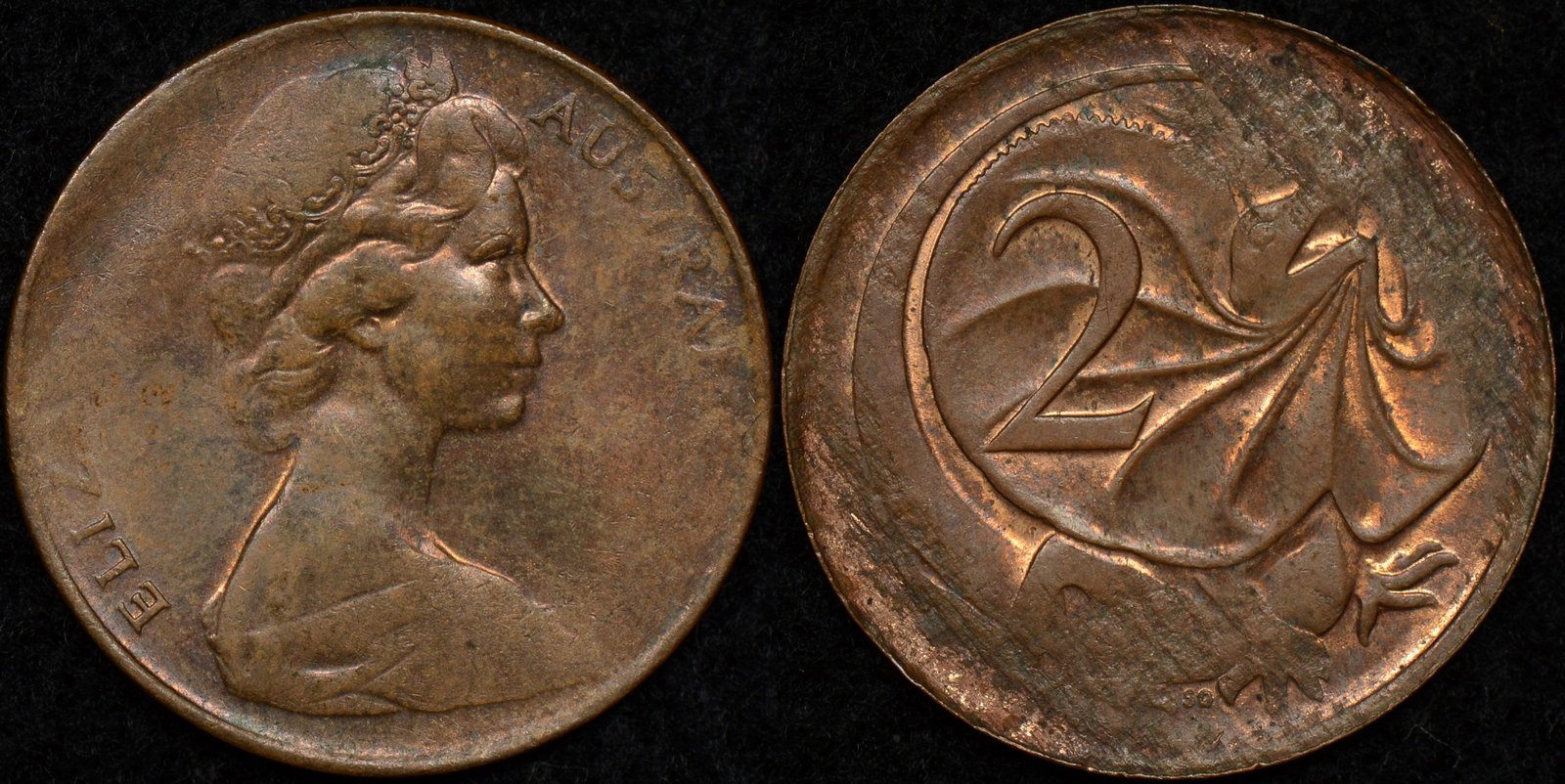As originally published in Australasian Coin and Banknote Magazine in September 2022.
What Went Wrong -error coins that escaped the Mint
We’re going to discuss an error coin this month that originated from an overseas mint. A mint that, in times of need, has struck Australian coins. If you have an interest in collecting error coins you will realise some error types are rarely seen on Australian coins. Often those error types are more easily found on a coin from another country and still fit nicely into a collection. Even better, often errors on foreign coins are found at just a fraction of the price that a similar Australian coin error may cost.
The error coin featured this month (Figure 1) is a Great Britain one penny dated 1988. At first glance it looks perhaps like someone with a Dremel in the tool shop was attempting to carve it into shape for a jewellery piece. It is severely underweight at 2.75g instead of 3.56g, but you don’t have to be an error expert to guess that would be the case. But is it actually an error or a fabrication? Closer inspection by the knowledgeable collector indicates that it is indeed a real error and not someone’s metal-work project.
There are two features seen on this coin that suggest it is a genuine error. The first is the jagged edge planchet flaws to the left of the N of PENNY on the reverse. This is typical of metal impurity in the planchet that may fall out either before or after the coin is struck.
The second feature is one we’ve spoken about before in a different context, but the principle still applies here. Just as metal flows into the void of a clipped planchet, metal can be seen to have flowed into the missing area of this coin. On the obverse, the second I of ELIZABETH II is skinny which is an example of elongated fishtailing. The fault edges, in particular through HM’s neck are also tapered indicating there was no restriction on the metal at the time of the strike. Figure 2 shows close up detail of the crown above the portcullis on the reverse where fishtailing has again occurred with metal flowing into the void.
Thus, we have a genuine error here, a coin struck on a faulty planchet. But why was the planchet faulty? This coin’s planchet was cut from an area of a rolled metal strip that had a rather large inclusion present. This inclusion, in the most part, fell away from the planchet before the coin was struck.
Mark Nemtsas and Kathryn Harris own and run ‘The Purple Penny’ coin shop in Adelaide and are passionate about error coins.
